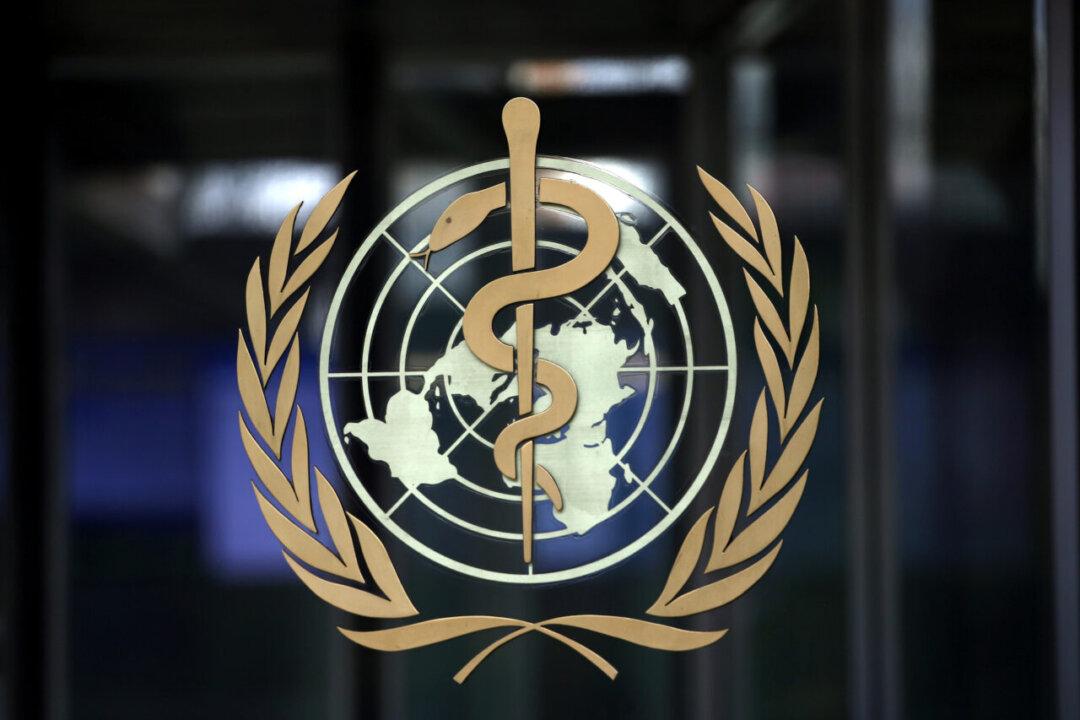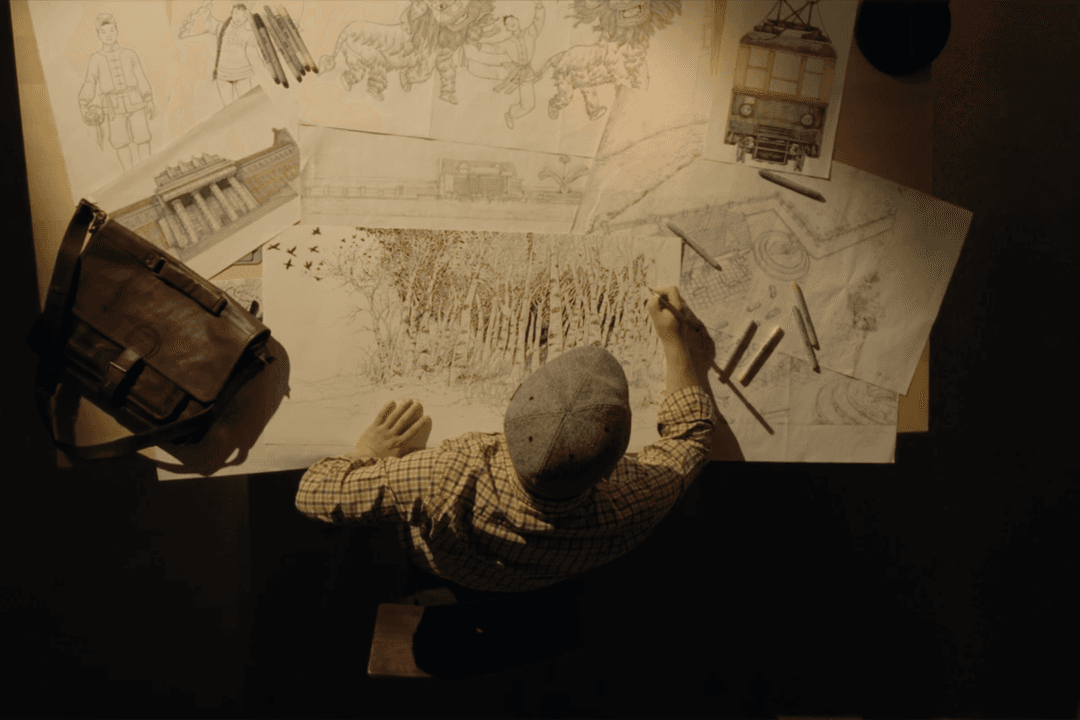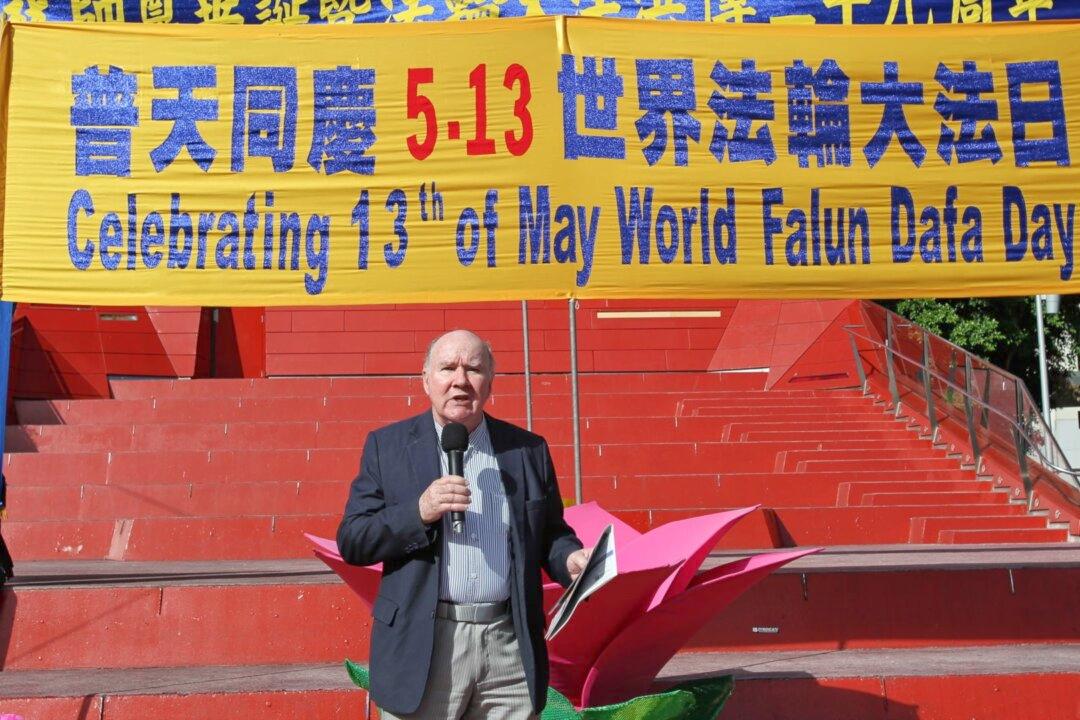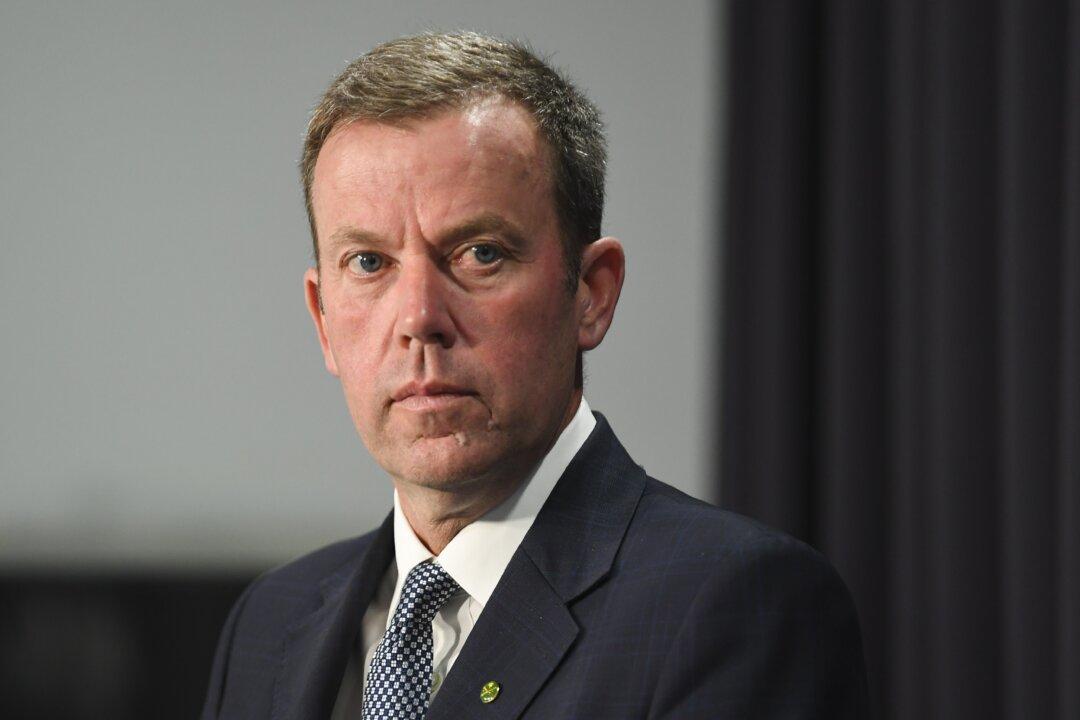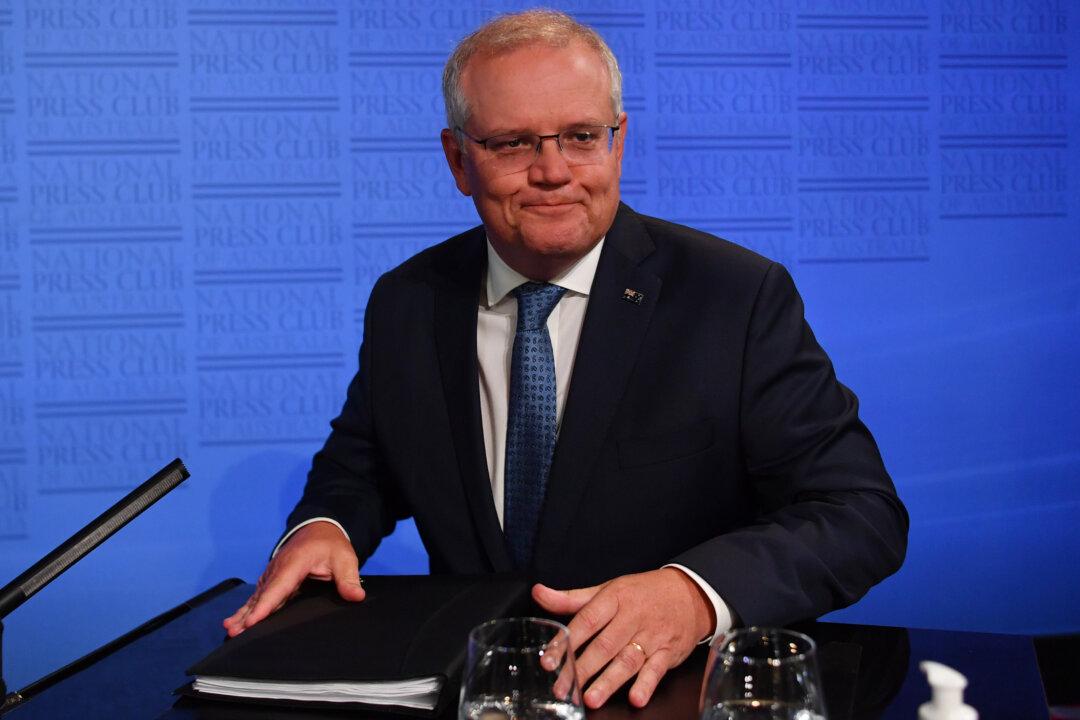An Australian virologist who will be investigating the origins of the CCP virus in China with the World Health Organisation (WHO) has said that they may not find evidence they need to uncover it.
“Finding the original animal or ‘patient zero’ may be very difficult if not impossible,” Prof. Dominic Dwyer, a Sydney-based microbiologist from Westmead Hospital told the ABC on Saturday.
